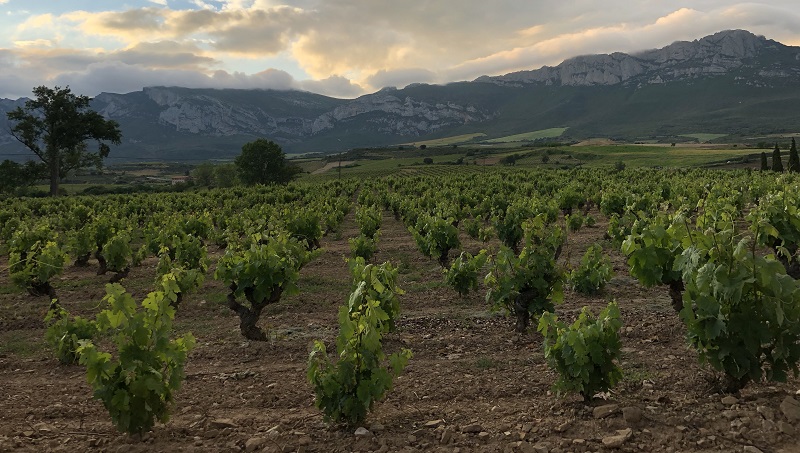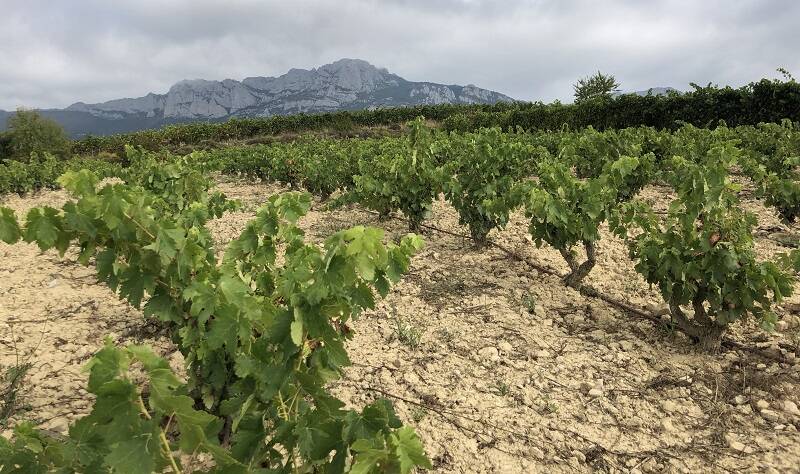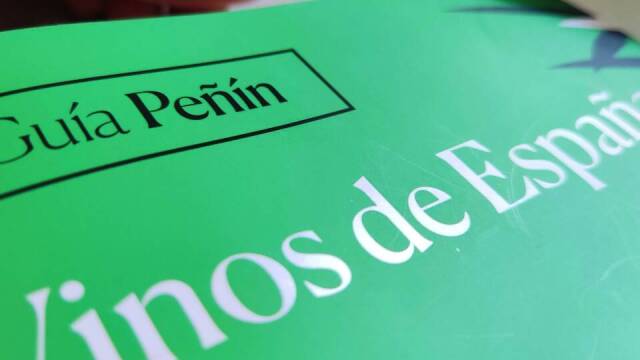Rioja, Spain's most renowned Denominación de Origen is always under the watchful eye of other wine-producing regions, as the campaigns of many others that seek to take advantage of the gap or differentiation with those who have the greatest sales capacity are adapted according to their performance. We want to review the latest tastings and also emphasise the strengths of the most envied region and the points of improvement that we believe it can have.
If in the last few years we could appreciate a certain homogeneity, sometimes tedious, in the tastings of many Rioja wines, this year we can see how they are opening their hands to other elaborations and styles that enrich the offer of the region. The proliferation of more racial and wild wines with grapes such as graciano, for example from Contino, Altos de Rioja, Abel Mendoza or Amaren, and the red maturana in reds from houses such as Barón de Ley, Vivanco, Viña Ijalba, Corral or Juan Carlos Sancha has allowed us to interpret another concept that we did not find in the past. For their part, the garnachas of the Rioja Oriental, as floral as they are ripe and friendly, fill the canvas with a touch more colour, together with the tempranillos, some as single varietals, others linked to the mazuelo and graciano, as well as the classics, the old "alta expresión", the "autor" style, and so on.
This year we have also observed that the type of white wine for ageing is becoming more established and showing its growth potential. A few years ago, whites were more focused on a young profile and more volume, as opposed to the few projects for aged whites. Today, as there is a more mature consumer who understands these more aged whites, it is rare to find a winery that does not have a high quality crianza or aged white wine. The area has proven qualities to develop these wines made from Viura, Garnacha Blanca, Maturana Blanca and, to a lesser extent, Tempranillo Blanco. However, it is still a challenge to master the ageing of these wines so that everything comes together perfectly. Some of the best examples of the white universe can be found in Capellanía 2016, Remelluri 2018, Mártires 2018, Nivarius Edición Limitada 2017 or Viuda Negra Villahuercos 2018.
Rioja is, today more than ever, a place where there is a winemaking melting pot, both conceptually and in terms of grape varieties. As a diverse place, it requires action through different storylines, from the global and accessible level to the highest quality wines. All of them require their own campaign and promotion, as they all contribute to the whole.

 Log in
Log in









